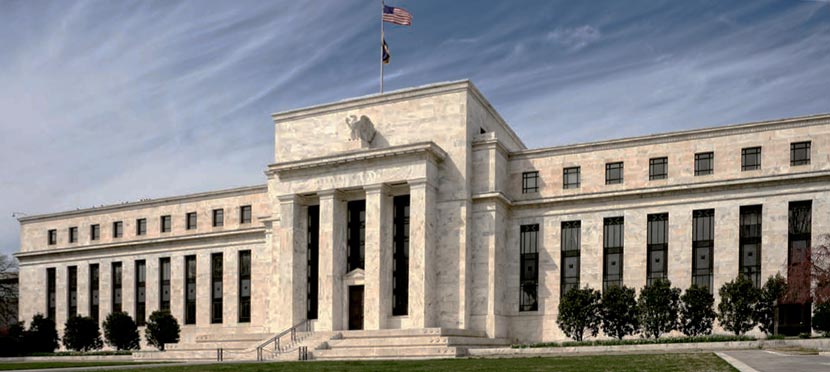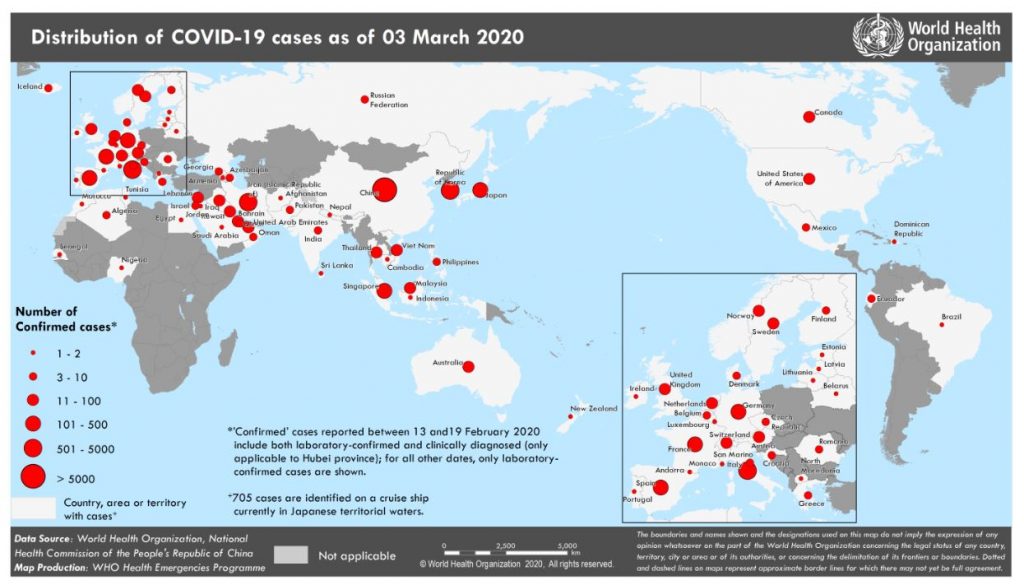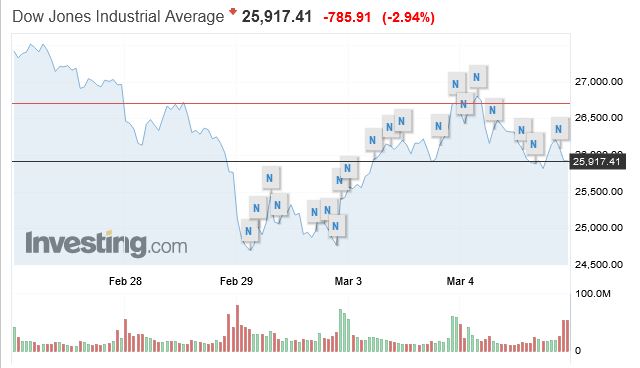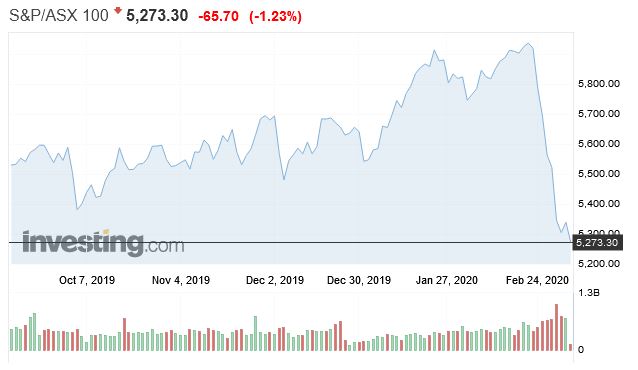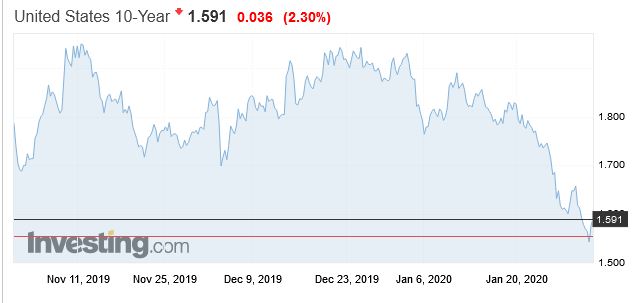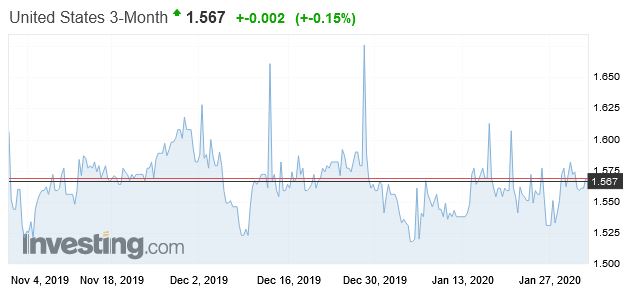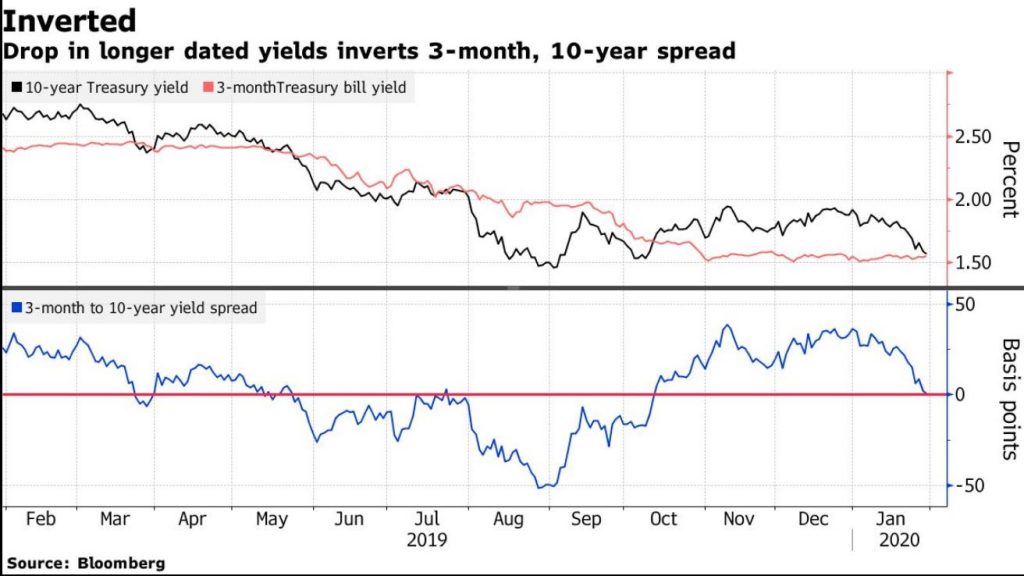On 4 March, the Federal Reserve Board (Fed) finalized changes to its capital rules for US banks with assets greater than $100 billion. Via Moody’s.
The final changes increase the flexibility banks have to payout capital more aggressively and will likely give bank management greater leeway to reduce the size of their management buffers and operate with capital ratios closer to the minimum levels required.

The final version establishes a stress capital buffer (SCB) that incorporates the Fed’s stress test results into its regulatory Pillar 1 capital requirements for these banks. Originally proposed in April 2018, the final rule includes a number of changes that weaken the original, making it credit negative for all US banks covered by the rule.
The Fed’s impact analysis of the final rule suggests that in aggregate the Common Equity Tier 1 (CET1) capital requirements at the affected US banks could decline up to $59 billion: $6 billion at the eight US global systemically important banks (G-SIBs) and $35 billion at the rest. Since most banks currently hold a management buffer above existing requirements, the affected banks could actually cut their CET1 capital by twice this amount and still comply with the final rule. The CET1 capital reduction could be $40 billion (a 5% decline) at the G-SIBs, $50 billion (a 21% decline) at other banks with $250 billion or more in assets, and $35 billion (a 16% decline) at
banks with assets between $100 and $250 billion.
Consistent with the proposal, the final rule integrates stress testing into the Fed’s regulatory capital requirements by replacing the capital conservation buffer, which is currently 2.5%, with the SCB. The SCB will be the higher of either 2.5%, or the difference between the starting and minimum projected CET1 capital ratio under the severely adverse scenario of the Fed’s Dodd-Frank Act Stress Test (DFAST) plus four quarters of planned common stock dividends.
Starting in October 2020, if a bank’s risk-based capital ratios fall below the aggregate of the minimum capital requirement plus the SCB, the relevant G-SIB surcharge, and the countercyclical capital buffer (if any), restrictions would apply to capital payouts and certain discretionary bonus payments.
As in the proposal, the final rule changes the current annual Comprehensive Capital Analysis and Review (CCAR) and DFAST process.
The final rule eliminates the assumption that a bank’s balance sheet and risk-weighted assets will grow under the stress scenarios, eliminates the Fed ability to object on quantitative grounds to a bank’s capital plan, and removes the 30% dividend payout ratio as a threshold for heightened scrutiny of a bank’s capital plan. Both the flat balance sheet assumption and the requirement that banks hold capital for only four quarters of dividends rather than for the full amount of planned payouts over the stress test horizon lower capital requirements versus the current stress testing regime.
The decrease is only partially offset for G-SIBs by the first-time inclusion of the G-SIB surcharge within the Fed’s stress test.
The final rule is weaker than the original proposal for several reasons. Under the proposal, banks would not have been allowed to pay out capital in excess of their approved capital plans without Fed prior approval. In the final rule, banks can in most cases make payouts in excess of amounts in their capital plan, provided the payout is otherwise consistent with the payout limitations in the final rule.
Additionally, the final rule modifies payout limitations to allow firms with an SCB in excess of 2.5% to pay a greater portion of their dividends and management bonuses and to repurchase shares for a period of time after capital ratios fall below the requirement. And in the final rule, the SCB, unlike the DFAST capital requirements, will not incorporate material business plan changes, such as those resulting from a merger or acquisition. As a result, such actions will only affect a bank’s capital ratio once the action has occurred.
The final rule also excludes the originally proposed stress leverage buffer requirement, which would not have been a binding constraint for most banks. Its elimination from the final rule removes this requirement as a potential backstop. And without the stress leverage buffer, the still pending proposal to modify the supplementary leverage ratio for the eight G-SIBs by tying it more closely to the G-SIB surcharge could further weaken the ability of the leverage ratio to serve as a backstop requirement and would also be credit negative.

